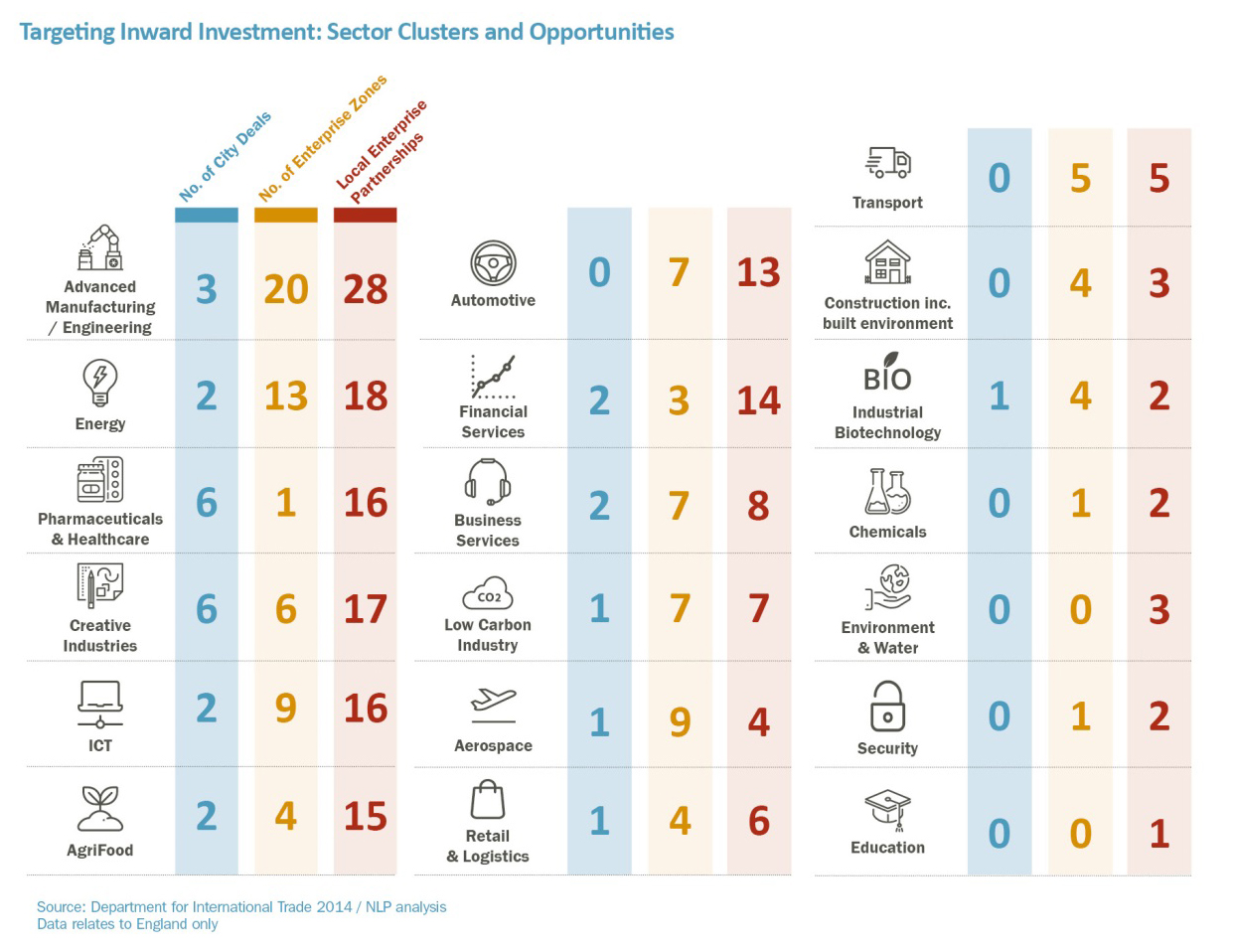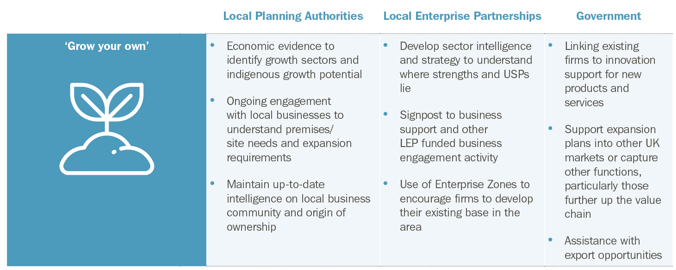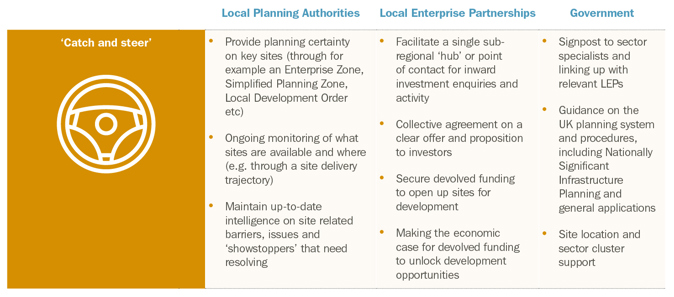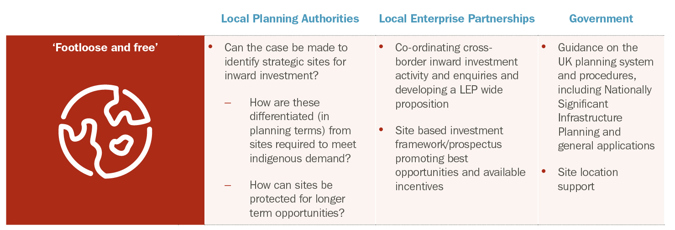The Government growth agenda for infrastructure has gathered further momentum with the recent publication of the National Infrastructure and Construction Pipeline (NICP). The NICP is a forward looking publication of planned investment in infrastructure comprising both public and private sectors, and contains over 700 projects and programmes with a total value of more than £500 billion. Infrastructure, here, ranges from smart meters for energy suppliers to nuclear powers stations.
The NICP unashamedly showcases a wide range of projects and highlights that the country’s infrastructure sector is very much open for business and will continue to be post-Brexit. Indeed, significant private investment is needed to deliver the pipeline supply of projects and is estimated to make up more than half of the £300 billion of investment needed for the identified projects up to 2020/21, and a significant amount thereafter.
NLP has undertaken analysis of the project breakdown in the NICP. Figure 1 below provides a breakdown of the near £500 billion investment planned from 2016/17 onwards combining private and public sector investment for the main types of infrastructure. The largest sector in the pipeline supply is energy, totalling £206 billion. Unsurprisingly, nuclear power projects make the largest contribution to planned investment in this sector. The top 3 single largest projects all include nuclear power plants, and account for 22% of overall investment.
Figure 1: Infrastructure investment by sector
Source: NIC; NLP analysis
Utilities are the third biggest sector with around £75 billion of investment to be directed towards electricity and gas transmission and distribution. The characteristics of this sector are inherently linked to the high performing energy sector. Interestingly, the utilities sector is the only sector identified in the NICP that is to be entirely funded by the private sector.
Around 40% of the £300 billion of projects up to 2020/21has been allocated to individual English regions - the other 60% cannot be allocated because it relates to schemes or programmes that cover multiple regions. Figure 2 below shows NLP’s analysis of the spatial variation of infrastructure investment from 2016/17 onwards.
Figure 2: Regional-specific infrastructure investment
Source: NIC; NLP analysis
NLP has also analysed the timings of planned investment which shows that the energy and transport sectors are planned to receive the majority of investment from 2016 onwards (Figure 3 below). A decline in investment is anticipated in the 2-year post-Brexit era (assuming the UK leaves in 2018), which could just be a coincidence.
Figure 3: Infrastructure analysis by year
Source: NIC; NLP analysis
It is also notable that investment in infrastructure post 2020/21 is anticipated to be dominated by the energy sector, accounting for 63% (around £127 billion) of the total planned £201 billion. This sector is predominantly privately funded, with overseas investment playing a pivotal role. Economic volatility is likely to hamper the UK’s ability to attract this form of investment.
The Government’s ability to drive the economy forward in the post-Brexit era will therefore be integral to securing the necessary funding and achieving its growth ambitions for infrastructure development in the UK. The NICP and Funding and Finance Supplement will hopefully help by highlighting investment opportunities and inspiring investor confidence.










